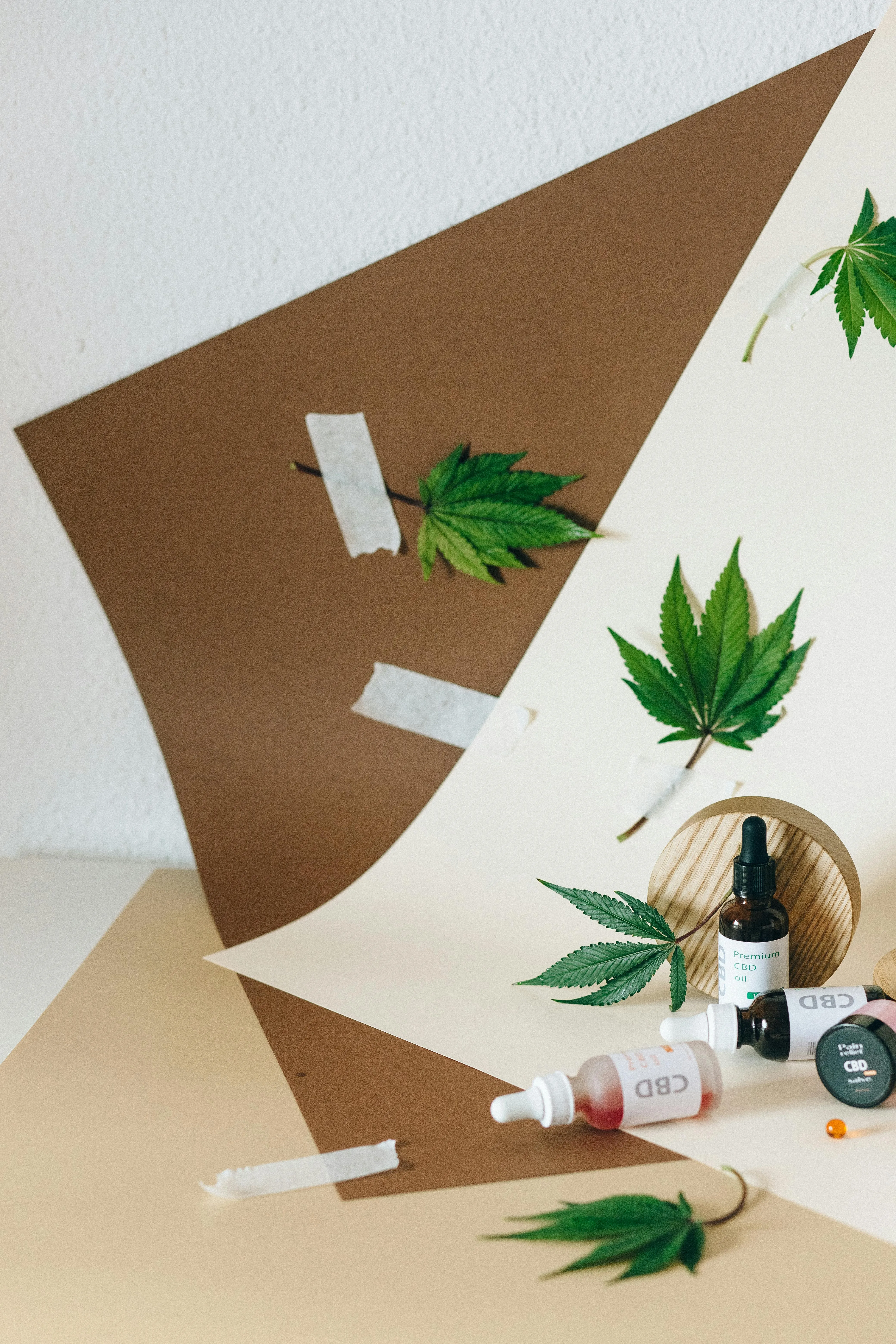Growing Up Green: Exploring Cannabis Legalization for 18-Year Olds
The question of cannabis legalization has been swirling for years, and one point consistently sparks heated debate: at what age should it be legal? For many young adults, turning 18 represents a major milestone – adulthood, voting rights, the ability to serve in the military. But when it comes to cannabis, the legal landscape remains patchy, with different states setting their own rules.
Let’s dive into the arguments surrounding cannabis legalization at 18 and explore both sides of this complex issue.
The Case for Legalization:
Advocates for lowering the cannabis age limit argue that 18-year-olds are already considered adults in many other aspects of life. They can vote, sign contracts, join the military, and purchase tobacco products in most states. So, why should they be denied access to a substance widely perceived as less harmful than alcohol?
Proponents point to several benefits:
* Increased Tax Revenue: Legalization could generate significant tax revenue for states, which could be used to fund essential services like education, healthcare, and infrastructure.
* Regulation and Safety:
Legalizing cannabis allows for regulation of its production, distribution, and sale. This ensures quality control, minimizes the risk of contaminated products, and prevents sales to minors.
* Reduced Criminal Justice Burden: Legalization could lead to a decrease in arrests and prosecutions related to cannabis possession, freeing up law enforcement resources for more serious crimes.
* Personal Liberty: Adults should have the freedom to make choices about their own bodies and consume substances they deem acceptable, as long as it doesn’t harm others.
The Case Against Legalization:
Opponents of lowering the cannabis age limit argue that 18-year-olds are still developing cognitively and emotionally. They cite concerns about potential negative impacts on brain development, mental health, and academic performance. Some worry about increased rates of addiction and risky behavior among younger users.
They also raise concerns about:
* Marketing to Youth: Legalization could lead to more aggressive marketing campaigns targeting young people, potentially increasing cannabis use among adolescents.
* Accessibility: Easier access to cannabis could increase the risk of misuse and dependence, especially among vulnerable individuals.
* Public Health Concerns: While cannabis is generally considered less harmful than alcohol or tobacco, it still carries potential risks, including respiratory problems, impaired memory, and anxiety.
Finding a Balance:
The debate surrounding cannabis legalization at 18 is multifaceted and complex. There’s no easy answer that satisfies everyone. Ultimately, policymakers must weigh the potential benefits against the potential risks when making decisions about legal access.
Some argue for a tiered approach: allowing adults aged 21 and older to use cannabis freely while implementing stricter regulations for those between 18 and 20. This could involve limited possession amounts, educational programs on responsible use, and restrictions on advertising targeted at younger demographics.
Moving Forward:
As more states legalize cannabis, the conversation about age limits will continue. It’s crucial to have open and honest discussions about the potential consequences of legalization for young adults.
Research is ongoing to better understand the long-term effects of cannabis use on adolescent brains. This research will be vital in informing future policy decisions. In the meantime, it’s important to prioritize education, harm reduction strategies, and responsible use guidelines for all individuals who choose to consume cannabis.